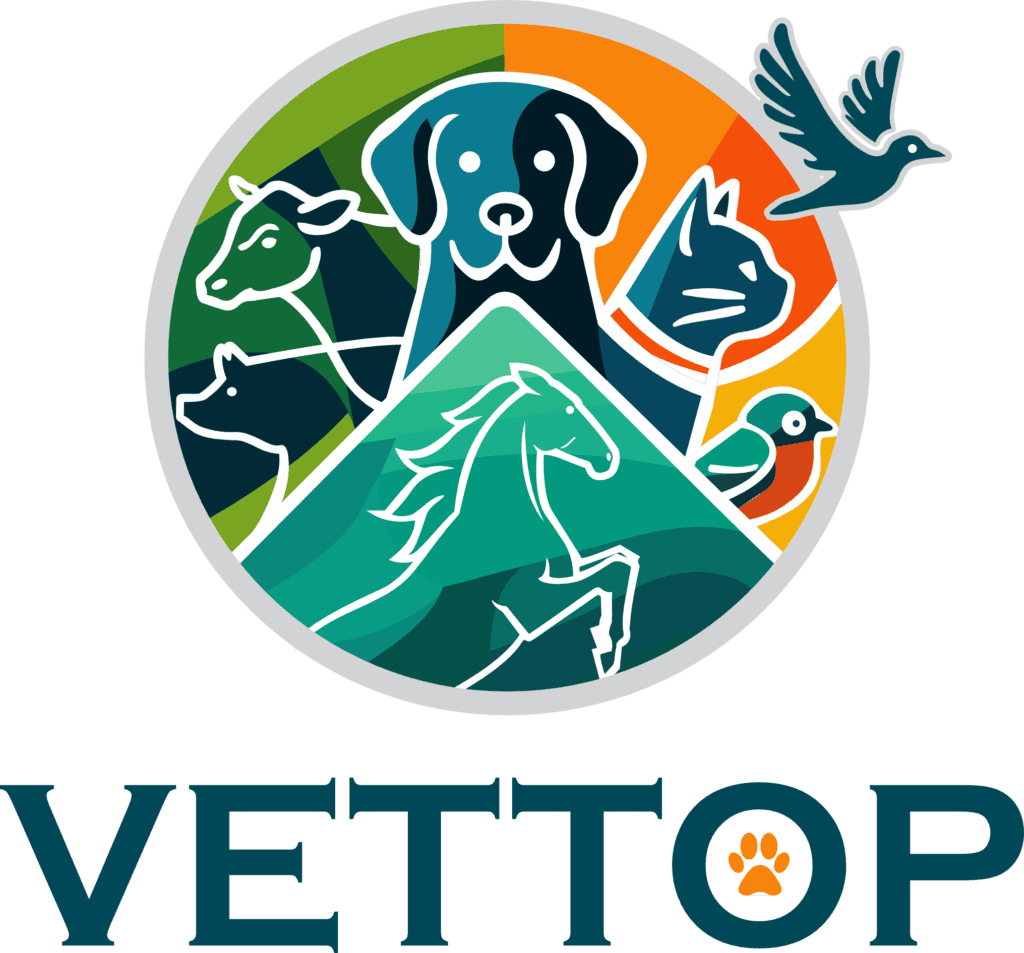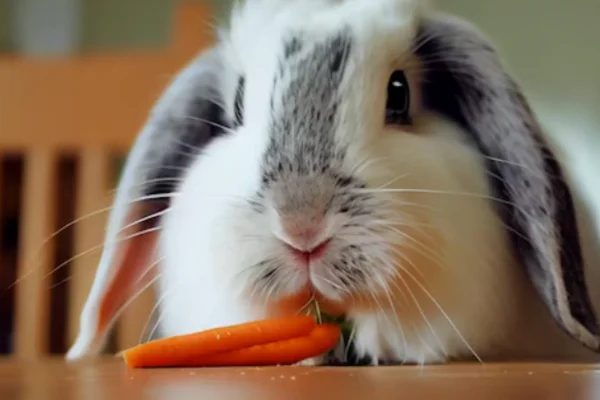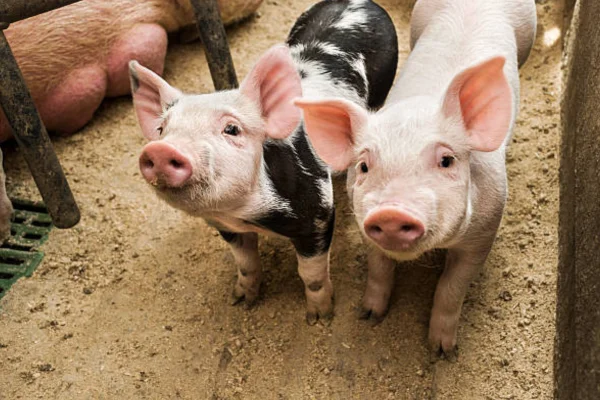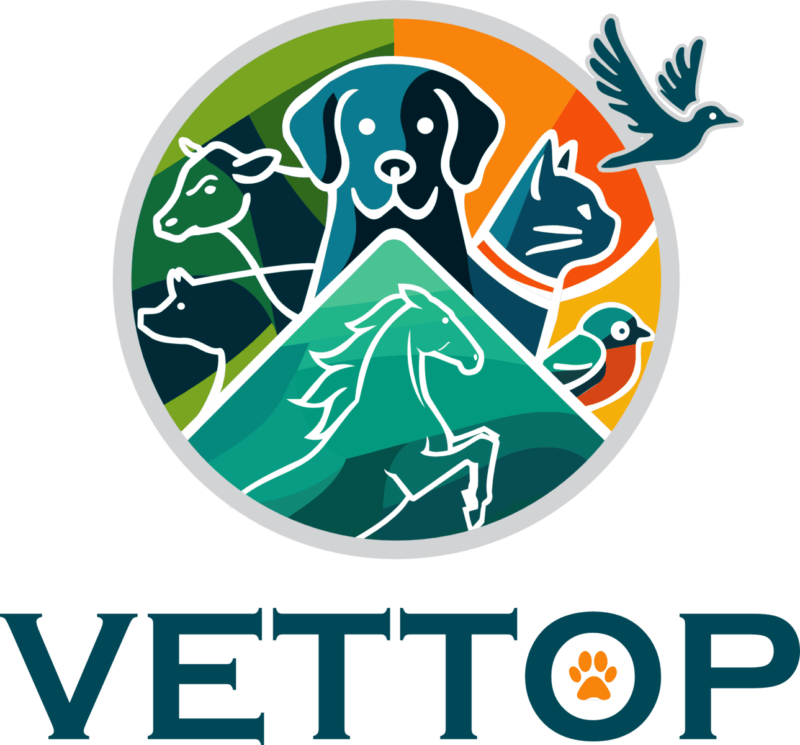Healthy Feeding: Discover the Best Wet Food for Your Dog
Dog food is one of the main concerns for owners looking to offer quality of life and well-being to their four-legged companions. With so many options available on the market, choosing the best wet food can seem like a challenge. Let's explore the benefits of this diet, the criteria for choosing the ideal food and the most recommended brands.
Benefits of Wet Feed
Wet food is an alternative to traditional dry food and offers several advantages:
- Hydration: Wet food contains a high water content, helping to hydrate your dog, especially in hot climates or for dogs that don't drink much water.
- PalatabilityThe texture and aroma of wet food are generally more appealing to dogs, making it ideal for demanding animals or those with a poor appetite.
- DigestionWet food can be easier to digest, especially for elderly dogs or those with dental problems, as it doesn't require intense chewing.
- Variety: Offering wet food can add diversity to your dog's diet, making meals more interesting and appetizing.
Criteria for Choosing the Best Wet Feed
When choosing the ideal wet food for your dog, consider the following aspects:
Contents
- Nutritional compositionCheck that the food meets your dog's nutritional needs. A good dog food should contain high-quality proteins, healthy fats, fiber, vitamins and minerals.
- IngredientsPrefer feed that uses natural ingredients and avoids artificial additives, preservatives, colorings and low-quality by-products.
- Specific needsConsider your dog's particularities, such as age, size, activity level, possible allergies or specific health conditions.
- Brand ReputationChoose recognized and reliable brands that have good manufacturing practices and are transparent about the origin and quality of their ingredients.
- Veterinary Consulting: Always consult your vet before making changes to your dog's diet, especially if they have special health conditions.
Recommended Wet Feed Brands
Based on these criteria, some brands stand out in the market for offering high-quality wet food:
- Royal Canin: Known for its specific formulations for different breeds, ages and health conditions. Royal Canin's wet food range is highly recommended by veterinarians.
- Hill's Science Diet: Offers a wide range of wet food formulated by veterinary nutritionists. It is an excellent option for dogs with specific dietary needs.
- Purina Pro PlanWith a variety of wet food options, this brand is known for using high-quality ingredients and for its balanced formulations.
- N&D (Farmina): Offers wet food with natural ingredients and a high percentage of animal protein. It is a premium option that prioritizes natural dog food.
- Cesar: Famous for its practical packaging and individual portions, it is a good option for small dogs. Although it's a popular brand, it's important to check the ingredients and choose the most natural options.

How to Introduce Wet Food to Your Dog's Diet
If you've decided to introduce wet food into your dog's diet, follow a few tips for a smooth transition:
- Gradual introductionMix small amounts of wet food with your dog's usual dry food, gradually increasing the proportion over the course of a week.
- MonitoringObserve your dog's reaction to the new food. Check that it is digesting well and that there are no signs of gastrointestinal discomfort.
- QuantityAdjust the amount of wet food according to the manufacturer's and veterinarian's recommendations to avoid excess calories and unwanted weight gain.
- StorageKeep cans or sachets of wet food in a cool, dry place and follow the storage instructions after opening to ensure freshness and food safety.
Nutritional Needs of Puppies at Each Stage of Life
Regardless of their age, dogs mainly need to eat proteins, fats and carbohydrates. Food rich in these nutrients also provides the appropriate and necessary amount of vitamins, fiber and minerals. The percentage of the three basic groups, however, can vary depending on the stage of life they are at. That's why, first of all, before explaining the best wet food for dogs, we must be clear that their nutritional needs vary depending on their stage of life. Thus, we can distinguish the following periods:
- Lactating: During the first few weeks of life, puppies will feed exclusively on their mother's milk. During this period of rapid development, this food meets all their needs and can only be replaced, if necessary, by a formula for orphaned dogs. Weaning should occur naturally at around two months of age, so it is not recommended to separate the puppy from its mother beforehand to avoid socialization and behavioural problems in the future.
- PuppyFrom the age of three weeks to around six months, although this varies from puppy to puppy, puppies experience very rapid growth, which is why they need quality calories and proteins. Wet food for puppies makes the transition from milk to solid food easier.
- AdultAt this stage, the puppy can reduce its energy needs, as it has stopped growing and "just" needs to maintain itself. For a correct diet, we must take into account the puppy's level of activity, which will change the percentage of fats and proteins it should eat.
- Castrated puppies: This intervention will reduce the puppy's energy needs, so if we don't adapt his diet, he could put on weight.
- Pregnant and Lactating DogsThe right diet for them should be similar to the one we offer growing puppies, as their nutritional needs skyrocket in order to gestate, give birth and feed their young.
- Sick: Part of the treatment of various pathologies involves a change in diet, always following the vet's advice.
- Elderly: From the age of 7-8, depending on their size, puppies enter the geriatric stage. At this stage, they dehydrate more easily and some stop eating or eat less, which leads them to lose weight. For this reason, their diet should be very palatable, i.e. tasty and energetic, with a high percentage of moisture and a light texture. The aim is to make it easier for them to eat, increase their hydration and nutrition, even if they eat less. For this reason, wet food may be recommended for these older dogs.
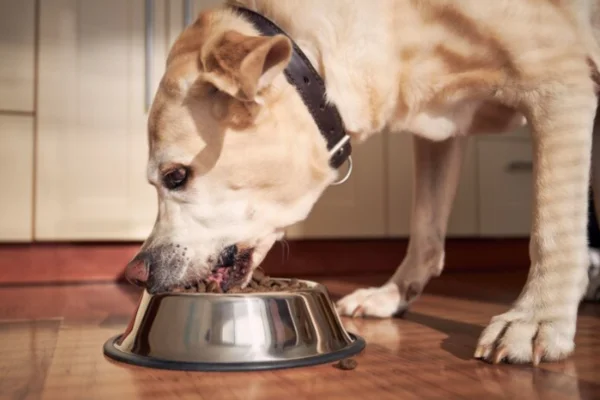
Extra Tips for Healthy Eating
- Mixing TexturesAlternating between dry and wet food can keep your dog interested in meals and help with dental health, as dry food helps to remove plaque.
- Hydration: As well as offering wet food, make sure your dog always has access to fresh, clean water. Hydration is crucial for general health.
- Healthy snacksSupplementing the diet with natural treats, such as pieces of fruit (except grapes and avocados) and vegetables, can be a healthy way to please your dog without compromising on nutrition.
- Regular Meals: Establish a regular schedule for meals. Feeding your dog at consistent times helps maintain a healthy routine and can prevent digestive problems.
Conclusion
Wet food is a valuable option for feeding dogs, providing taste, hydration and essential nutrients. With the right choice and careful introduction, you can enrich your dog's diet and ensure they stay healthy and happy. By considering your dog's specific needs and looking for quality products, you'll be investing in your furry friend's well-being.
Every meal is an opportunity to show care and affection, and wet food can be the key to making these moments even more special. Try different brands and flavors, always under the supervision of your vet, and discover how feeding can be a pleasurable and beneficial experience for your dog.
Thanks for stopping by, check out our other work too
https://vettopbr.com/cachorros/
